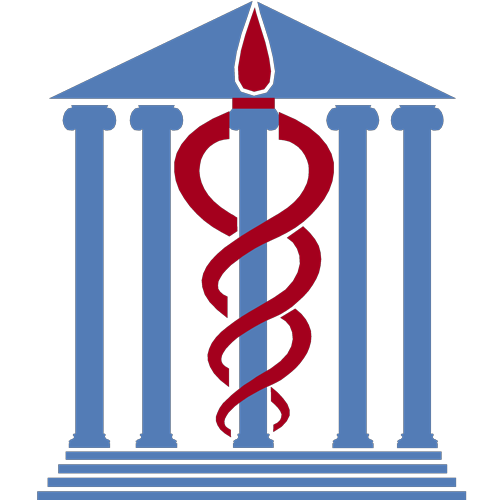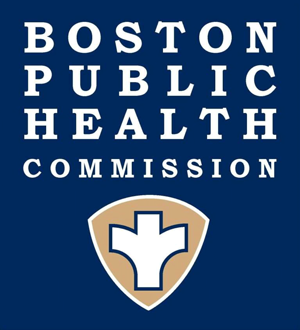Public Resources
Public Resources
MANAGING RESPONSES TO EMERGING INFECTIOUS DISEASES: PAST, PRESENT, FUTURE
The cross-disciplinary educational series Managing Response to Emerging Infectious Diseases:Past, Present, Future, focused on planning for and responding to emerging and re-emerging infectious disease threats, with the overarching goal of raising awareness of roles across disciplines. The target audience for this training series included the five core public health and healthcare disciplines (community health centers, emergency medical services, long term care facilities, hospitals, and public health).
The series was delivered from July through September, 2016 and consisted of three webinars, followed by the in-person Live Session. The live session was held three times: in Burlington on September 13, 2016, in Easton on September 20, 2016, and in Holyoke on September 30, 2016. The final report summarizes the participant feedback gathered in the live sessions. Links to the three webinar archives are listed below, along with the videos recorded at the live sessions.
Webinar Recordings[edit]
EID Live Session[edit]
Videos from the EID Live Sessions can be viewed below.
To view the entire collection on Vimeo, please click here.
Welcome and Opening Remarks
Distinguished Speaker Lecture
September 13, 2016 | September 20, 2016 | September 30, 2016 |
The Future of Response to Emerging Infectious Diseases by Dr. Paul Biddinger, MD, FACEP | Emerging and Re-Emerging Infectious Diseases: Murphy is an optimist by John Murray, CHMM, CSP, CIH |
Responding Together as a Healthcare System
September 20, 2016 | ||
Responding Together as a Healthcare System by Mea Allen |
Panelist Presentations
September 13, 2016 | ||||
PUBLIC HEALTH Partners in communication: Unifying our message during the Ebola outbreak by Stacey Kokaram, MPH, Boston Public Health Commission | HOSPITALS Staff health and safety issues in the care of a pediatric patient with suspected Ebola by Dr. Shira Doron, MD, FIDSA, Tufts Medical Center | COMMUNITY HEALTH CENTERS Ebola Preparedness Communication Plan by Bernadette Thomas, APRN, DNP, MPH, Lynn Community Health Center | EMERGENCY MEDICAL SERVICES Big Bad Bugs: Handling Infectious Disease Patients in the Pre-Hospital Environment by Deputy Superintendent Susan Schiller, NRP, Boston EMS | LONG TERM CARE H1N1 Response in the Nursing Home by Sakhonh Kheuamun, Hebrew SeniorLife |
September 20, 2016 | ||||
PUBLIC HEALTH A Multi-Disciplined Approach for Planning Emerging Infectious Diseases by Sean O’Brien, Deputy Director, Barnstable County Department of Health and Environment | HOSPITALS Emerging Infectious Disease Response: Hospital Perspective by Sheila Wallace, BSN, BA, MA, CHPA, CHC, Steward Health Care | COMMUNITY HEALTH CENTERS How Large Ambulatory Care Practices Can Contribute to EID Response by Linda Foote, PhD, Atrius Health | EMERGENCY MEDICAL SERVICES EMS Response to Managing High Risk Infectious Patients by David Faunce, EMT-P, Southeastern MA EMS Council | |
September 30, 2016 | ||||
PUBLIC HEALTH A Local Public Health Perspective to Managing Public Information by Colleen Bolen, MPH, Worcester Division of Public Health | HOSPITALS Hospital Role in Integrated Planning and Response by Lucy Britton, BS, RN, Berkshire Medical Center | COMMUNITY HEALTH CENTERS Public Information Challenges for Community Health Centers by Carrie Matusko, RN, Holyoke Health Center | EMERGENCY MEDICAL SERVICES The EMS Challenge Transporting the High Risk Infectious Patients by Brian Andrews, EMT-P, County Ambulance |

